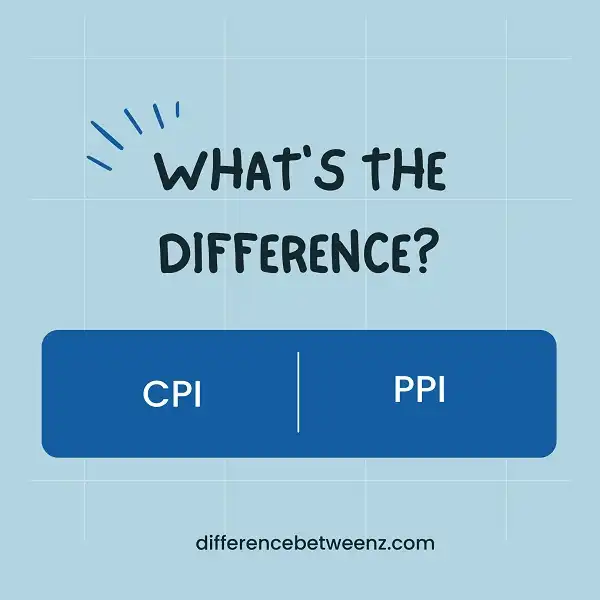Inflation is a critical indicator of economic health. There are two main measures of inflation in the United States- CPI and PPI.CPI, or Consumer Price Index, measures how prices for goods and services purchased by typical consumers change over time.PPI, or Producer Price Index, measures the average changes in selling prices received by domestic producers for their output. In this blog post, we will compare and contrast CPI and PPI. We will also look at which measure is most important to investors.
What is CPI?
CPI, or the Consumer Price Index, is a measure of the average change in prices paid by consumers for a basket of goods and services. The CPI bucket contains a range of items, including housing, transportation, food and beverages, and healthcare. The CPI is released monthly by the Bureau of Labor Statistics. The CPI is used to track inflation, which is the increase in the prices of goods and services over time. Inflation can be caused by a number of factors, including an increase in production costs or a decrease in the supply of goods and services. The CPI can also be used to adjust interest rates and wages. For example, if the CPI goes up, wages may also go up in order to keep pace with inflation.
What is PPI?
PPI, or Producer Price Index, is a measure of the average change in prices that domestic producers receive for their output. PPI measures price changes from the perspective of the producer. PPI can be used to monitor inflation at the wholesale level and to identify early signs of inflationary pressure. PPI can also provide insight into economic activity and trends in specific industries. PPI is released monthly by the Bureau of Labor Statistics. PPI data are used by economists, business decision-makers, and policymakers to analyze inflationary trends and assess economic conditions.
Difference between CPI and PPI
CPI and PPI stand for Consumer Price Index and Producer Price Index respectively. CPI tracks the prices that consumers pay for a basket of goods and services, while PPI measures the prices that producers receive for their goods and services. CPI is typically used to measure inflation, while PPI is used to measure changes in the cost of production. CPI is calculated using a fixed basket of goods, while PPI is calculated using a weighted average of prices. CPI includes both volatile and non-volatile items, while PPI includes only volatile items. CPI covers a wider range of products and services than PPI. CPI is released monthly, while PPI is released quarterly. CPI is more timely than PPI. CPI is more widely used than PPI. CPI is less subject to revision than PPI. CPI has a smaller margin of error than PPI.
Conclusion
The Consumer Price Index (CPI) and Producer Price Index (PPI) are two important economic indicators that measure the change in prices of goods and services. They both have their advantages and disadvantages, but which one is more accurate? Let’s take a closer look at CPI and PPI to see how they work and which one is better for measuring inflation.


